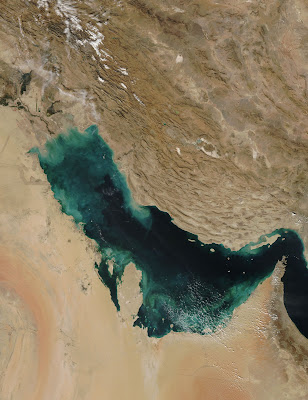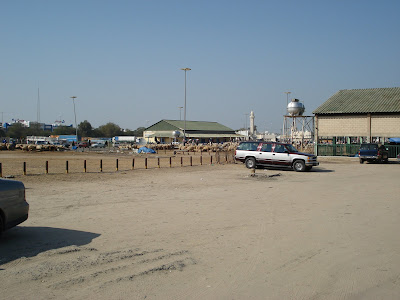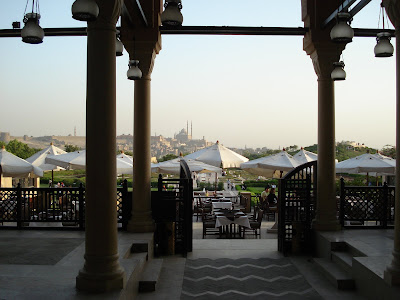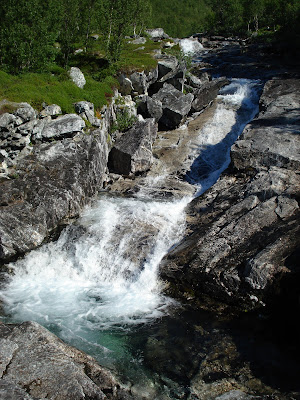The Ikaros of the Persian Gulf

This is (almost) the title of a wonderful production of Tareq Rajab Museum , written by Mr. Rajab’s wife Sehan in 1999. When I had moved to Kuwait in 2001, the island, about 20 km east of the shores, mesmerized me from the beginning. Interested in the archaeology of the region, the at least two archeological sites there, one from the Bronze Age and a small Greek Temple dating to Alexander the Great, immediately attracted my attention. Amazingly, none of my new colleagues had visited the island and very few others I asked had ever been there. It was said that it was no longer inhabited since the Iraqi invasion and expulsion in 1991. I was told that there was a ferry boat from Ras Salmiya every now and then. So, I decided to make a trip on the first Eid holidays after I had settled in Kuwait. The Island was first mentioned by Greek geographer Strabo (d. 25 CE). The Greek, who had built an outpost on the island during Alexander’s conquest of Asia (336-323 BCE), called it Ikaros...









